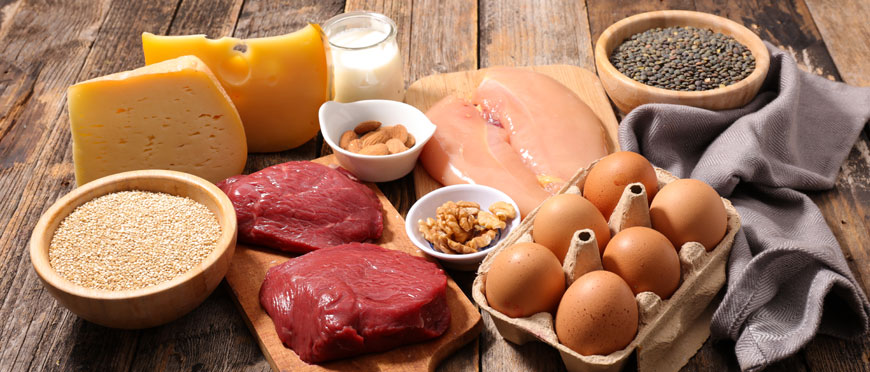Many people think that focusing on protein, including protein bars, is effective in losing and managing weight. However, simply increasing the consumption of protein without reducing carbohydrates, eliminating vegetable oils and artificial flavoring will not satiate you, and will likely increase your weight and metainflammation.
Food manufacturers are experts in engineering food to be tasty and drive you to eat more, so they can sell more product. Think of how good protein bars, protein shakes, protein cookies and protein chips taste. They are engineered to be hyperpalatable (tasty). Taste overrides feeling full every time.
Furthermore, food manufacturers use artificial and real sugar (subsidized fructose), white flour (subsidized), processed and hydrogenated oils (subsidized), synthetic food additives (engineered) and vitamins, heat treatment, and the extrusion of grains. This extrusion process creates a product high in carbohydrates, but nutritionally lacking. During extrusion, grains are treated with high heat and pressure, destroying many of the residual phytonutrients, and denaturing the fatty acids, causing oxidation. Some of the proteins become denatured in a haphazard manner, creating neurotoxins, similar to how trans-fat can be manufactured in a high heat environment from Omega 6 PUFA.
There is a dark side to protein, and using the food label of a processed food to determine actual protein content is not wise.
Food labeling information is based upon a food component calorie estimation, calculated by adding up the calories provided by the energy-containing nutrients: protein, carbohydrate, fat, and alcohol. The Atwater system uses the average values of 4 Kcal/g for protein, 4 Kcal/g for carbohydrate, 9 Kcal/g for fat, and 7 Kcal/g for alcohol.
The food labels measure nitrogen, which is presumed to be a protein source. “The protein content of foods has been determined on the basis of total nitrogen content… nitrogen content is then multiplied by a factor to arrive at protein content,” says the Food and Agriculture Organization of the United Nations.
http://www.fao.org/3/Y5022E/y5022e03.htm
But we have seen nefarious situations, where manufacturers simply increased the nitrogen content of food, sometimes adding toxins such as formica or melamine.
Scientific American reports that “dairy products… contaminated with a chemical called melamine have sickened at least 54,000 babies and killed four… melamine is a nitrogen-based compound used in commercial and industrial plastics… An estimated 8,500 dogs and cats died of kidney failure after chowing down on melamine laced fare… food companies use the nitrogen-based compound in wheat flour and other products to make these products appear to have more protein. Normally, proteins are the only source of nitrogen in food, so by looking for that element in tests, one can figure out relative protein concentrations.”
https://blogs.scientificamerican.com/news-blog/why-is-melamine-in-baby-formula-you-2008-09-24/
The amount of nitrogen, which represents protein, does not mean that it is bioavailable or that it is even protein.
A surplus of calories, whether fat, protein or carbohydrate, will all lead to weight gain. What is relevant is the quality of the calorie and the body’s response to those specific nutrients as signaling molecules beyond the direct caloric value. The ability of the body to convert the food substrate into usable energy is based upon a highly complex process, starting with a mechanical breakdown of food, chemical and enzymatic processes throughout the gut, and significantly affected by the individual microbiome. The body is not static, and how it utilizes a nutrient and the extraction of energy associated with that nutrient changes continuously. The real issue in obesity and type 2 Diabetes management is how the body utilizes the nutrients presented, and if that specific approach works for that specific individual, in that specific time. In conclusion, we have had many patients who consumed protein shakes, thinking they would get skinny. However, increasing the consumption of a hyperpalatable processed food only drives metainflammation.
If you eat whole real food, none of this matters. Get natural protein from natural sources, and avoid processed foods, vegetable oils, and refined carbohydrates and grains.






